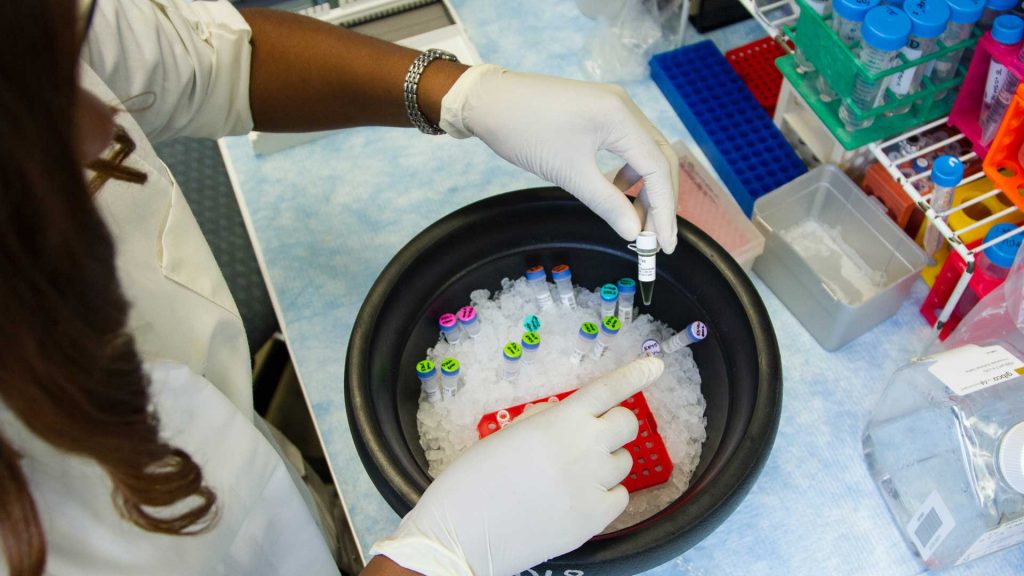As the COVID-19 pandemic continues to grow across the country, many physician assistants (PAs) and Nurse Practitioners (NPs) are getting mixed information about who should get tested and who should not.
As inter-state travelling has opened up, you need a negative test result before you hover on the Aero-plane. You may also have to take a rapid coronavirus screening test at the airport. In these circumstances, you may get lost in a dilemma; which test should you take?
This article tells you everything you need to know about RT-PCR Testing.
What Are RT-PCR Tests?
This is the gold standard used to diagnose Covid-19. It looks for RNA from novel coronavirus using RT-PCR (reverse transcription-polymerase chain reaction).
Firstly, cells in the respiratory tract are taken up by a nasal or throat swab. Next, RNA is removed, isolated, and combined from the cells with other ingredients that bind directly to SARS-CoV-2 RNA instead of your own cells’ RNA. Those pieces of viral RNA, each replication called a loop, are then converted into DNA and replicated hundreds of times. If there is a right presence of the virus genome after a certain number of cycles, typically about 25 or 30, the test returns positive.
Stages of RT-PCR Testing
There are seven stages of RT-PCR Testing –
1. Collection of Sample: Under certain and monitored conditions, samples are obtained by experienced, qualified personnel and delivered to the research laboratories. Specific samples are labelled with a barcode that allows being tracked to the person from whom it was taken.
2. Reception of samples: Samples are tested for participant demographics, sampling date and time, sample location, and various samples collected.
3. Accessioning: In the laboratory information system, samples are then carefully logged in.
4. Preparation of Samples: Samples are prepared before Testing, following the [equipment] manufacturer’s guidance.
5. Extracting: Samples are moved to a completely automated Viral Nucleic Acid instrument to remove the RNA from the nasopharyngeal swab collection media. A fully automated platform then blends the extracted RNA with the reagents necessary for the PCR test to be carried out.
6. Amplifying: For the identification of SARS-CoV-2, samples are mounted into special RT-PCR instruments.
7. Reporting: Findings are published via an automated laboratory information system.
When to Get a PCR Test?
If you want to know if you have a COVID-19 infection at the time, the most reliable test you can receive is a PCR test. Here is who ought to have one:
- People who have symptoms of COVID-19 should look for “COVID 19 testing sites”.
- People who are treated for a surgical operation. Knowing if anyone has a new infection with COVID-19 lets health care professionals prepare accordingly, minimizing the transmission of the virus among patients and hospital workers.
- People with unusual circumstances may be recommended to be examined by their physicians. For instance, if you have to return to work or school that does not allow you to maintain social distancing, the doctor may suggest that you first get screened for the virus before going to that area.
Final Note
RT-PCR technique is exceptionally reliable and can detect even minuscule quantities of viral RNA. But it takes a long time and a great deal of money to process the samples, and they have to be tested in a laboratory. So, consider your surrounding and make decisions according to your need if you want to screen yourself or not.

